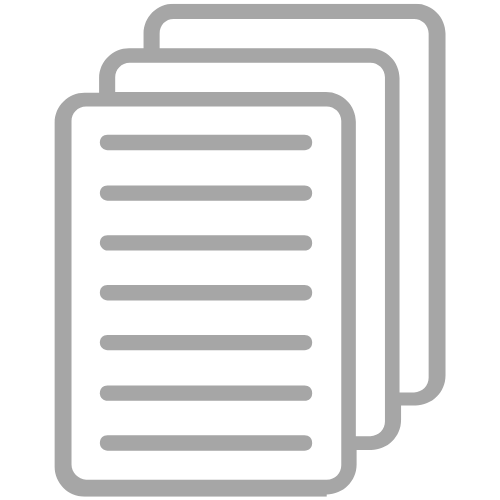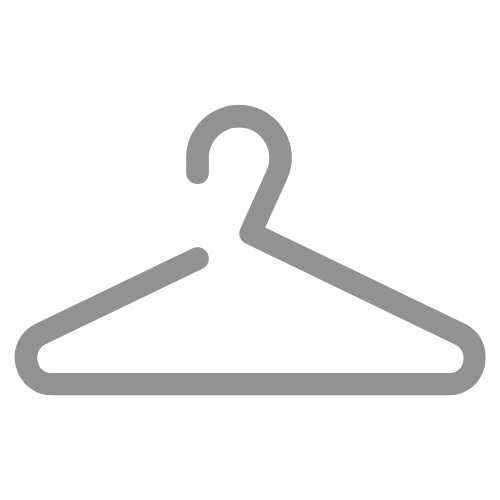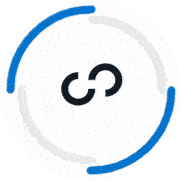Picture this: you’re at work and you receive an email from a colleague in another department whom you don’t know very well. At first glance, the email seems totally normal: it starts with, “Hi [Name],” followed by a few sentences about a work-related matter.
You scan through to the end of the email where the final line reads, “Can you send me the latest copy of that report?” Then…nothing. No name, no “Thanks” — just empty white space. It would feel like something’s missing, wouldn’t it? Like a dropped call or getting left hanging on a high-five. It might even come across as rude.
This hypothetical demonstrates the importance of a proper email closing, also known as an email sign-off. And, not only do your emails need a sign-off — they need an appropriate sign-off. Email is the primary communication channel of the professional world. And, as such, email etiquette can be an influential factor in your career.
So, in this article, we’ll be exploring:
- What a professional email sign-off is
- Who needs a professional email sign-off
- 25 Examples of how to close a professional email
- What to include in your email signature
To start…
What Is A Professional Email Sign Off?
Generally speaking, an email sign-off is composed of two parts: a final word or phrase followed by your name/email signature. It’s similar to how you’d end a traditional letter (e.g. “Sincerely, John Doe”).
However, there are some notable differences between a casual email sign-off and a professional email sign-off. For starters, the closing word(s) of a professional sign-off will tend to be more formal.
Secondly, while a casual sign-off may only include your name at the bottom, a professional sign-off should include your full email signature with additional fields like job title and company (more on this below).
Who Needs A Professional Email Sign Off?
As the name suggests, a professional email sign-off should be used in any communication that can be considered professional or formal. This extends beyond the workplace to include grad students, new grads, and job-seekers who will be corresponding with individuals who can influence their career path.
As an overarching rule-of-thumb, if the person you’re emailing is not a friend or family member, you should probably opt for a professional email sign-off.
25 Examples Of How To Close A Professional Email
Adding a single word/phrase to the end of an email sounds simple enough. However, there's a large array of different options to choose from — and selecting the right sign-off will help you end your email on the right note.
Conversely, using odd or dissonant closings can really throw off the tone of your message. With that in mind, let's take a look at 25 examples of the most common professional email sign-offs (along with when to use each).
Universal
Topping the list, we have ‘universal' sign-offs, which are widely-used, highly flexible, and can be added to virtually any email. When in doubt, these are are the most reliable go-to's.
- Best,
- Best Regards,
- Kind Regards,
- Regards,
Appreciative
Next up, we have appreciative sign-offs, which should be used when you want to express gratitude toward the recipient. If they've been helpful or you're requesting a favor from them, then an appreciative sign-off is likely in order.
- Thanks,
- Thank You,
- Many Thanks,
- Thanks so much,
- Thanks in advance,
Traditional/Formal
The English language has a long, rich history of conventions — and that includes traditional sign-offs. The following examples have their roots in old-fashioned letters and can be used to conclude emails as well. These lean toward the formal side, but sometimes the context may call for formality (or perhaps that’s your preferred style).
- Yours,
- Sincerely,
- Best Wishes,
- All the best,
- Warm Regards,
- Warmly,
- Respectfully,
- Kindly,
Familiar
If you're regularly exchanging emails with a close colleague, it's natural to drop the formalities and begin treating emails more like text messages. But, even in this case, you should still consider adding casual sign-offs to keep the tone positive and friendly.
- -first initial
- -first name
- Thx,
- Cheers,
- Chat soon,
- Talk soon,
- Take care,
Now that we’ve covered the most common sign-off words and phrases, let’s discuss the final piece that comes after the comma: the email signature.
What To Include In Your Email Signature
When penning a letter on paper, you can usually end it by simply signing your name at the bottom. But, when it comes to email, it’s typical (and advisable) to use a more robust, informative email signature — which can be configured to automatically appear at the end of all your emails.
Unless your company has a mandatory email signature template, you have some creative flexibility in regards to the fields and format you choose to use. At the end of the day, it’s a personal choice — but one you should take seriously, as your email signature can be part of your personal brand.
That being said, here are the 3 fields you should always include:
- Your First and Last Name
- Your Professional Job Title
- Your Company (if applicable)
And, in addition to the items above, here are some other elements to consider adding:
- Phone Number
- Logo
- Small Headshot
- Links to Social Profiles (e.g. LinkedIn)
- Company Slogan
- Value Proposition
- Brief Announcement / Upcoming Event
You should limit yourself to just a few elements from this list, as you don’t want to go overboard. A large, busy email signature that’s crammed with too many items can be distracting and also potentially come across as a bit ‘spammy.’ On the other hand, a sleek, stylish signature can really elevate the overall look and feel of your emails.
Email Tips Continued…
We’ve now walked through the ins and outs of professional email sign-offs. But, ironically, knowing how to properly end an email is just the beginning — there’s a vast world of email etiquette, tactics, and best practices that this article has only scratched the surface of.
The email tips that are most relevant to you will obviously depend on your goals. Here at Cultivated Culture, my goal is to help people land jobs they love without connections or ‘traditional’ experience! So, if you’re currently seeking a new position, be sure to check out my resources on:
- How To Write A Follow Up Email
- How To Follow Up On A Job Application
- The Most Effective Post-Interview Thank You Email
And, lastly, don’t miss my complete guide on How To Get A Job Anywhere With No Connections!



























